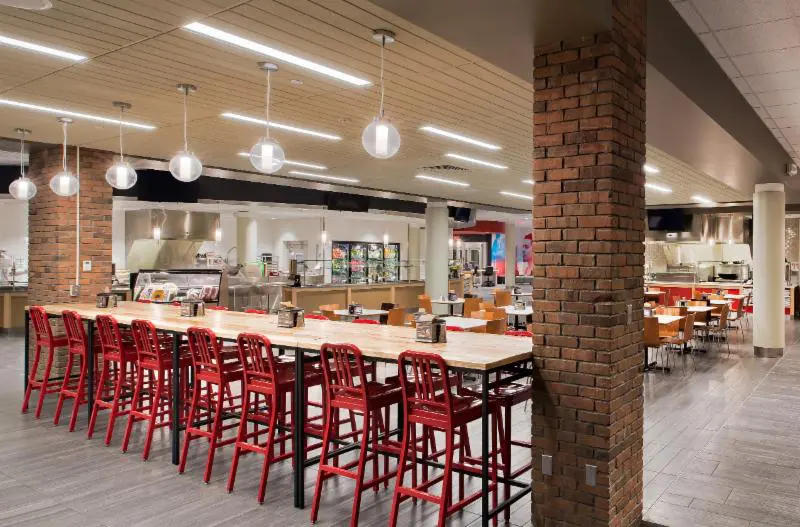Stop Fast Fashion and Shop Sustainably
September 1, 2021
I grew up in Aeropostale and Hollister apparel because I thought it was cool to shop at the mall. Now it is fantastic to shop online at FashionNova and Zaful, Zara, Shien, Amazon, the list goes on. But what is the newest of the new costing us, other than more money than we should be spending? The truth is we are destroying our planet to look stylish. Online clothing hauls are trending among all ages. The appeal of fast fashion and low prices are undeniable, but the reality is “most of us only wear new items of clothing about 5 times” (Crous). These clothes will eventually end up in a landfill, where their decomposition will “release methane, and other harmful greenhouse gases. Synthetic fabrics like polyester can take hundreds of years to biodegrade” (Crous).
When I begged my mom for American Eagle skinny jeans in the 7th grade, I did not realize “from start to finish the average pair of jeans require 7,000 litres of water per life-cycle” (Water-reducing). I did not realize it takes “200 tons of freshwater to create one ton of dye” (Bouter). I did not realize school children from Bangladesh were making the clothes I ordered from Amazon and earning less than $3 a day (Is Amazon Promoting). The fashion industry is the second-largest polluter globally (Bouter), and it is not our fault. The CEOs of big companies like Amazon are at fault for allowing unethical business practices. However, if we keep reaching into our wallet for that “cute” shirt to wear once and then throw out, we cannot blame fast fashion companies for supplying our demand.
The most sustainable and cost-effective solution is to shop at second-hand clothing stores like Goodwill, Savers, and other local thrift shops. Not only would you be diverting millions of pounds of reusable items from landfills, but you would be supporting local thrift shops and their employees. You can buy that $5 top plus $2 shipping online, or you can stop this wasteful fast fashion cycle. Some people argue, why not conveniently order the shirt I want for $7, rather than finding a similar one at a Goodwill for around the same price? Well, climate change is not convenient. The NY Times claims that “experts estimate that the fashion industry is responsible for 10% of annual global emissions in the US” (Schlossberg). And that does not take into account “dyes and other chemicals used during the production” (Schlossberg).
I’ve been in between jobs before and know what it is like to want new Nike shoes and not be able to afford them. Then to see someone at school with the same shoes you want, it is hard. Growing up, there are societal norms to wear certain clothes to fit in. I am going to let you in on a secret, the Goodwill outlets. Also known as the bins, the outlets collect all the clothes not sold by the Goodwill stores and sell clothes for $1.38 per pound. It is cheaper and easy to find brand-name items. In Connecticut, there is only one Goodwill outlet located in Hamden at 2901 State St.
Fashion is one of the most prominent aspects of self-expression and identity. It is important to think about where your clothes come from and how you want to be perceived by yourself, rather than focusing on how others perceive you. At the end of the day, you know who you are as a person. You might not know what you want to be or do, but there is a standard of values ingrained in all of us. It is easy to take buying a new pair of jeans for granted, but there is an urgency to think beyond your wants. Droughts are devastating towns across the US. Bangladesh children are sacrificing their childhoods so you can look trendy. Our wallet is a powerful tool. It is time to start boycotting fast fashion and think about our planet as a whole.











